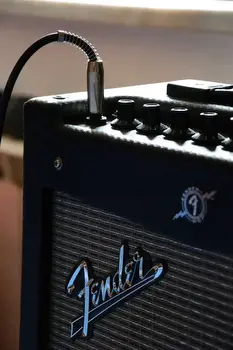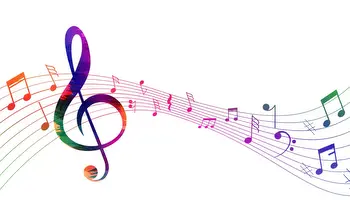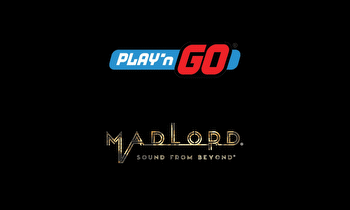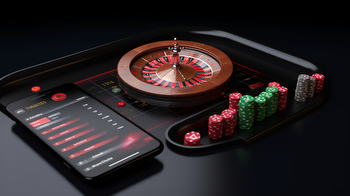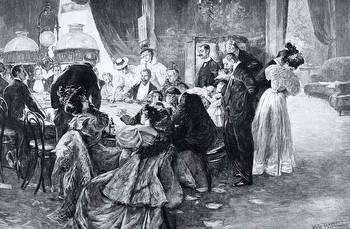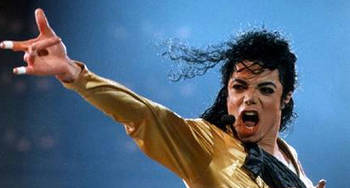The Evolution of Music in the Online Casino Space
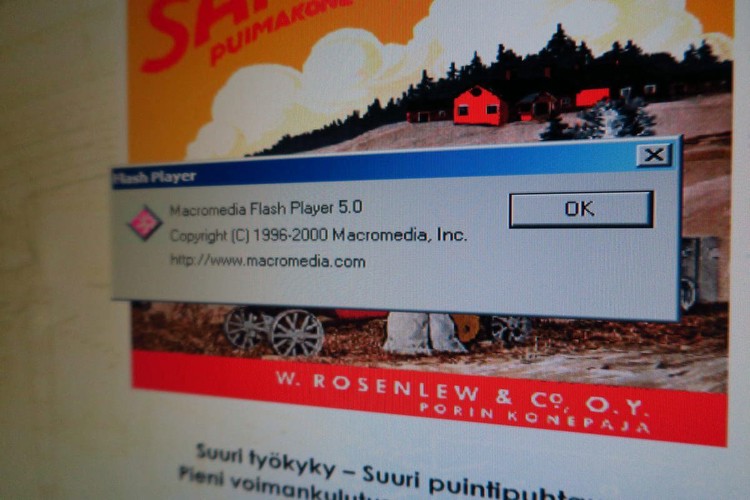
Museum Computer” (CC BY 2.0) by Rd. Vortex) From humble origins in early HTML and Flash, online casinos and their games today have reached astounding heights. Offering fantastic audio and visual design, this industry and its creations continually push the boundaries of online entertainment. It wasn’t an easy journey, however, with clumsy first steps not aging especially well.
Taking a look at where we are today and where we’ve been, we want to explore the road taken, and how evolution has been reflected in audio design.
For an illustration of where modern casino software design stands today, the Crazy Time Live game provides a prime example. This wheel-based title from developer Evolution is live-streamed with a human dealer, acting as a kind of gameshow you can play online. The music is thus what you’d expect from a game show, ebbing and flowing with each spin and approaching high-stakes features. Quality-wise, the sound and music are also essentially lossless, delivering the same standard we’d expect from the biggest live productions in any other media.
Despite the heights of the modern standard, the original sound and music design in online casinos was discouragingly limited. This was a product of the era, with the first online casinos hitting the web around 1997. This was when the 56K modem was the highest standard to which most users could aspire, as noted at Thought Co.
A 56K modem, combined with the early interactive online software called Flash, was not capable of downloading music quickly or playing back high-quality tracks. Building a release in Flash would even compress the included files as a necessary function to reduce program size, but in doing so would lower audio bitrates even further.
The limited potential of early online casino software combined with a lack of design precedent left many online casino games with no music and only simple sound effects. As technology and the industry evolved, this began to change.
The big leaps forward for online casino audio capabilities would arrive with faster internet speeds, wireless internet, and improved digital devices. Without the speed of dial-up and with an increasingly successful betting environment, casino software developers invested increasingly more in their sound and music.
The decline and death of Adobe Flash would further unlock potential, as online software was no longer confined to the barriers Flash design implied. Online casino games became bigger and far more diverse, and along the way, the call for better audio design always stood out.
All of a sudden, the sound and music from online casino games became at least as important as that found in physical casinos. Licensed music arrived, high-quality original releases stood out, and some series even consolidated their own theme tracks. All of these elements were in answer to a demand, catered to by the better supply of faster technology.
Online casinos are a constantly growing industry, and elements like their improving audio production standards play an important part in this process. While some players might not pay much attention, as music lovers, it’s been a fascinating journey to watch unfold. The question is, where is there to go from here, and how many musicians will join the industry along the way?











